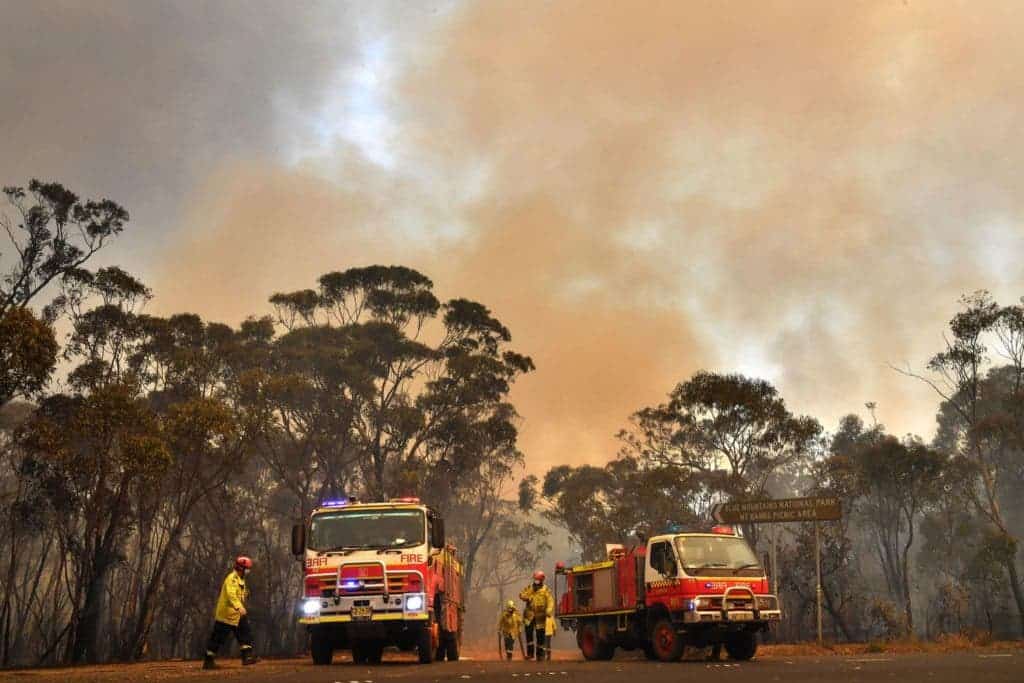Australia is going through one of its most severe heat events so far, feeding the bushfire season. The country has already broken records for peak temperatures and this could be just the start, as weather forecast estimates the heatwave to continue.

The nationally averaged maximum temperature on December 18 was 107.4 degrees Fahrenheit (41.9 Celsius), according to the Australian Bureau of Meteorology. This broke the previous record of 105.6 degrees (40.9 Celsius) which was set just the day before.
Before the current heat event, the hottest temperature the country had seen was on January 7, 2013, with 104.5 degrees (40.3 Celsius). Now a combination of drought, fires and two-record hottest days has created a problematic scenario.
The forecast anticipates “catastrophic” fire conditions, the most severe category, in South Australia, as the rising temperatures are combined with a wind shift that complicates firefighting actions. The possibility of a new national record to be broken again is also on the table.
Usually, temperature records in Australia were broken just by fractions of a degree. This made this week’s records quote unusually. At the same time, having consecutive records broken in the same week is also rare. All this has been possible due to the severe and longer-lasting heatwave.
The heat started over the weekend in Western Australia. Now it has already reached southeastern areas of the country. These areas have also been affected by some of the massive bushfires that had been happening in the country since the beginning of the spring.
Two volunteer firefighters died while trying to stop the expansion of the Green Wattle Creek fire in southwestern Sidney, as the vehicle rolled over. Emergency warnings have already been issued for the Gospers Mountain Fire, which has been called a mega-fire because of its size.
Several businesses and government areas have even stopped working outside due to concerns over smoke pollution. Workers mainly stay indoors to avoid smoke. Sports fields, municipal pools, and daycare centers in Sidney were shut down. Smoke from a bush fire can worsen asthma and other respiratory conditions.
While the country experiences this crisis, Prime Minister Scott Morrison decided to take a one-week family vacation to an undisclosed destination – a move questioned by environmental activists and opposition leaders. There was a climate protest outside Morrison’s residence, which the police broke down.
The environment is the second most important issue for Australians, right behind the economy, according to a survey done by the Scanlon Foundation in July and August before the heatwave started.
The temperature has increased in Australia one degree Celsius since 1910, with most of the warming concentrated since 1950. There has been an increase in the frequency of extreme heat events and the severity of drought conditions. Of the 10 warmest years on record in the country, nine have happened since 2005.






